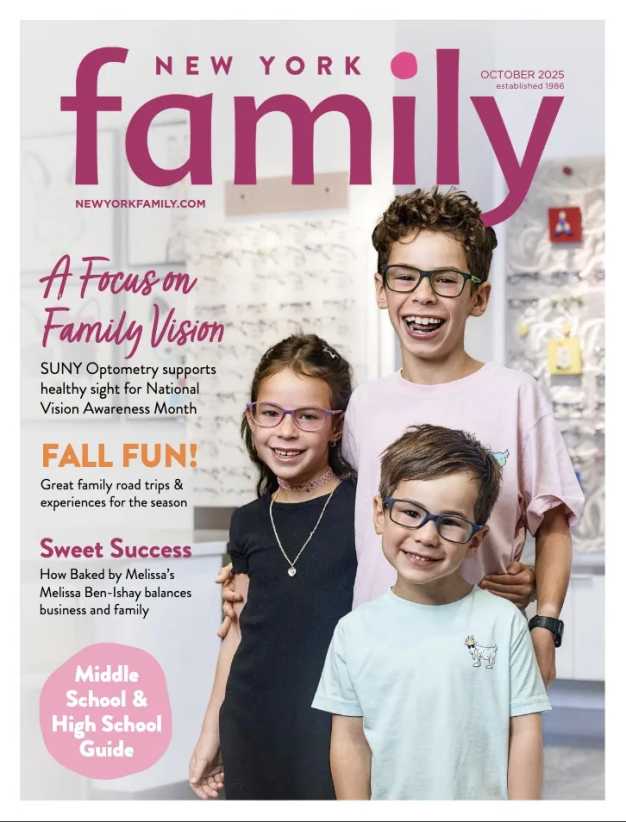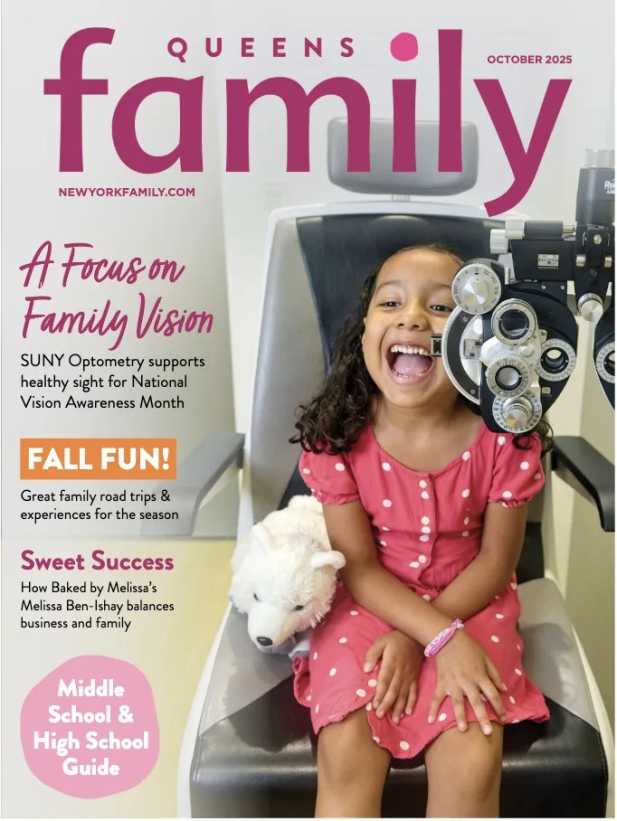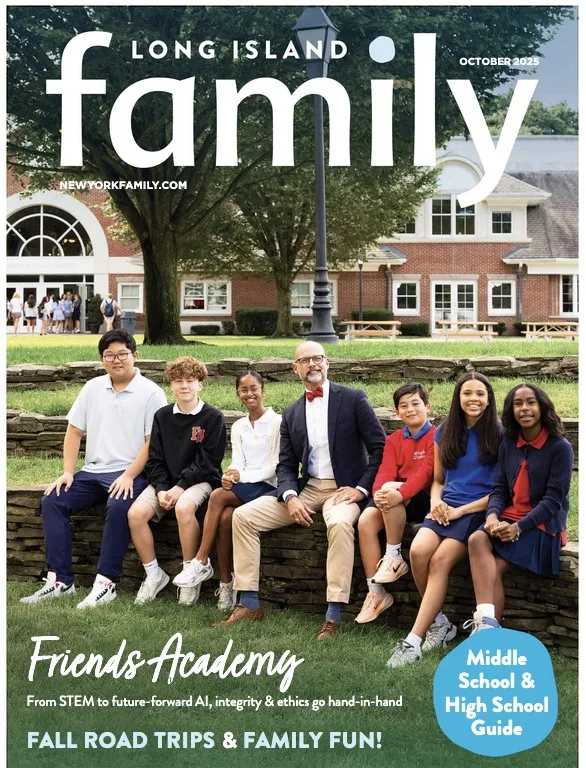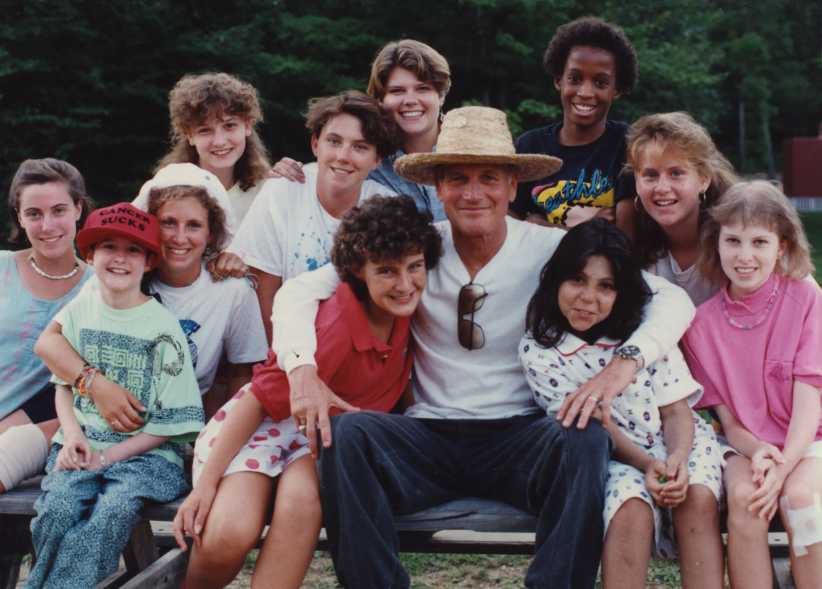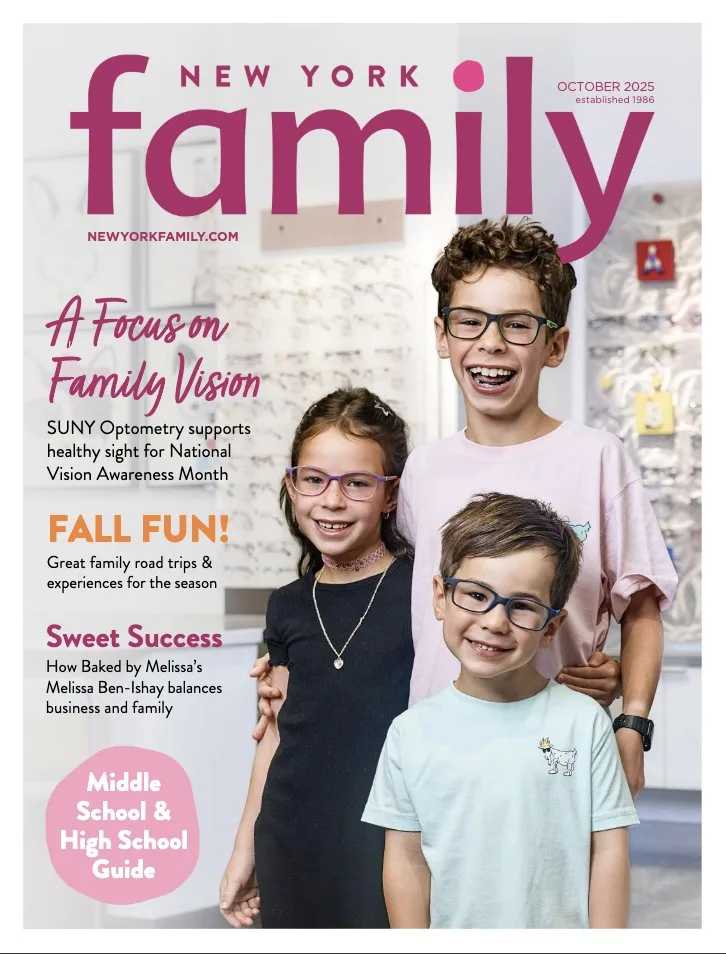I don’t think it is an exaggeration to tell you that as far as reading aloud to children goes, I am one of history’s great-unsung talents. My two sons, 4 and 6, will tell you otherwise but it’s not their fault. How could they know better? They’re just kids. My wife will also challenge my supremacy, but as a de-facto Salieri one must question her motives. It’s true that I do make some unorthodox voicing decisions.
My Ke$ha-inspired Goldilocks underlines the questions of entitlement and narcissism intrinsic to the text. My big bad wolf can be hard to understand at times, but I find that performing him with an intense, uncontrolled stutter adds humanity and complexity to the character. Often during a particularly long episode of stuttering by Wolf, the boys will just complain and eye roll themselves to sleep. It can be difficult to wake them up but usually the shrill screeching of my “desperate woodsman” does the job.

Time is a character in readings of Seuss’ classic take on the corrupting influence of power “Yertle The Turtle.” I deliver the whole text in “Turtle Time,” an ultra slow pace that reflects the characters’ famously laconic metabolisms. The reading can take upwards of two hours when done properly. In the case of Eric Carle’s “The Grouchy Ladybug,” just the opposite is true. The reading is so quick that I’m often done with the story before my younger son can ask, “What’s an aphid?”
I wasn’t always this good, when I first got into the game, my work was much more straightforward. The leading insect in my early interpretations “The Grouchy Ladybug” was famous with my older son for an exaggerated, almost Popeye voiced, “Ya wanna fight?” The animals TGL challenged were read in the typical voices of their species, hissy snake, gruff gorilla, et al. It’s almost embarrassing to think of, now that I read them in a variety of extremely thick regional Canadian accents. Sure, my boys preferred being read Peggy Rothman’s “10 Minutes till Bedtime“ and Ruth Bornstein’s “Little Gorilla” before I developed my technique of delivering each word in completely unrelated voices, but it was so obvious. A classic rhymed book like Margaret Wise Brown’s “Little Fur Family” used to make my kids smile but, now that I read them in totally odd timing. It. Makes them. Think.
Do my kids appreciate the skill and depth of my craft? Of course they don’t. They are always carrying on about “reading normally” and “I can’t understand your voice with that Scottish accent” and “Can Mommy please read tonight?” My best work is often misunderstood but that’s common with visionary artists. My
all-penguin-noise adaptation of Melissa Guion’s “Baby Penguins Everywhere!” received especially harsh reviews by the 4-year-old. I’ll admit that sometimes I have fond memories of my early, more mainstream work.
It was cozy to cuddle up with the kids in our reading chair or next to their bunk bed and spend nights reading chapters from “The Mysterious Benedict Society” by Trenton Lee Stewart. I’d perform each character in a “normal”, “appropriate” voice. Dramatic scenes were delivered naturalistically. The “Just So Stories” Rudyard Kipling wrote were once favorites of my boys. They loved my silly animal voices with put on little accents and would beg for more until they drifted off to asleep. My wife is Swedish and the whole family has always loved books from Sweden including Barbro Lindgren and Olof Landstrom’s books about Benny the pig and all of the many Inger and Lasse Sandberg’s books, particularly “The Little Spook” series. For the books that only exist in Swedish, I wing a translation guided by pictures and a few recognizable words.
For longer works like Astrid Lindgren’s “Pippi Longstocking” we’d do one chapter a night like most families before I began experimenting with reading only the verbs. Our small book lamp, the “cozy light”, would create a little pool of illumination in the darkened bedroom where we shared story time. It was nice but now that I’ve installed a full-featured theatrical lighting rig and hired professional sound designers, my performances of Bob Shea’s “Cheetah Can’t Lose” really comes to life.
The avant-garde approach to reading children’s stories isn’t for everyone. I understand that. For some people, Midwesterners probably, pleasurable time with your children is enough but I’m from Brooklyn. My wife can say what she will but when I come into the boy’s bedroom for story time, they never complain. Maybe that’s because they are finally coming to see my true genius. Maybe it’s because they are pretending to be asleep already.
 Tim Harrington is a writer, performer, and designer. “This Little Piggy” is his first picture book. Harrington is a graduate of the Rhode Island School of Design and the front man of indie rock band Les Savy Fav. He lives with his family in Brooklyn.
Tim Harrington is a writer, performer, and designer. “This Little Piggy” is his first picture book. Harrington is a graduate of the Rhode Island School of Design and the front man of indie rock band Les Savy Fav. He lives with his family in Brooklyn.
